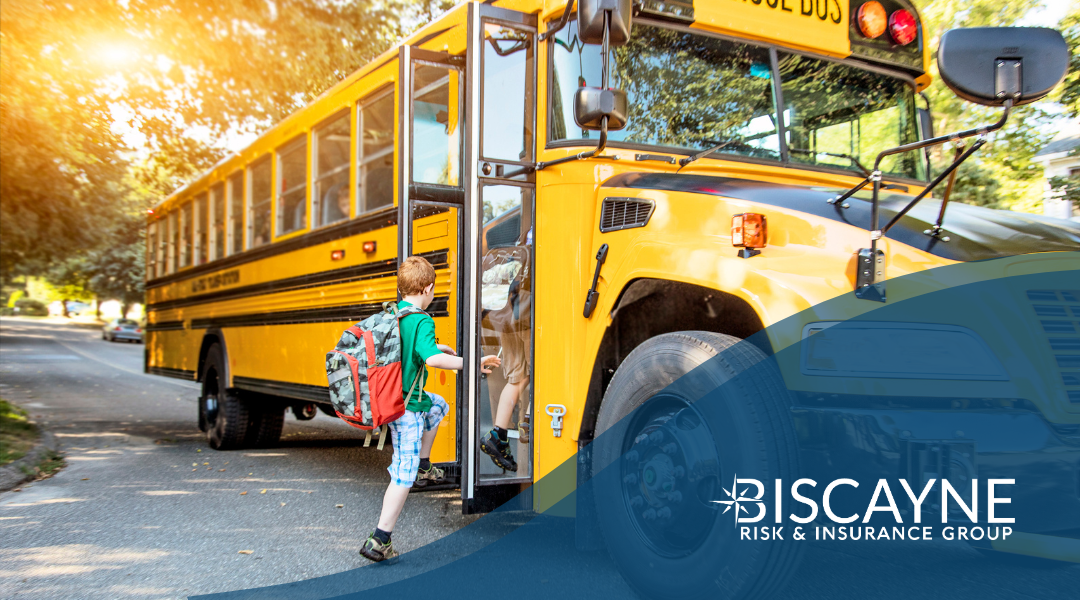As the proud owner or operator of a school bus fleet, ensuring the safety and well-being of the precious children you transport is absolutely number one priority. One key aspect to achieving this goal is implementing a robust preventative maintenance routine for your fleet. In this blog, we will discuss the significance of preventative maintenance as well as provide a handy checklist to ensure your vehicles are running smoothly.
Table of Contents
Why is Preventative Maintenance Essential for School Buses?
When it comes to the transportation of students, safety is non-negotiable. A well-maintained school bus not only reduces the risk of accidents but also ensures that in the case of an emergency, all of the vehicle’s systems will perform optimally.
In addition to safeguarding the well-being of children, regular preventative maintenance helps ensure compliance with local, state, and federal regulations for school bus operations. Moreover, school buses kept in good condition are more fuel-efficient, experience fewer breakdowns, and have a longer lifespan.
How Can One Effectively Oversee School Bus Maintenance?
Establish a Routine
Create a regular maintenance schedule based on manufacturer recommendations and regulatory requirements. Consistency is crucial to identifying and addressing potential issues before they compromise the safety of your fleet.
Partner with Certified Technicians
Collaborate with qualified and certified technicians who specialize in the maintenance of school buses. Their expertise will ensure that your vehicles receive the attention they need, and they can help provide valuable insight into industry-specific best practices.
Utilize Technology
It’s a good idea to explore modern maintenance management systems that can streamline your preventative maintenance processes. These tools can help track your maintenance history, schedule future services, and receive real-time alerts for potential issues that may arise.
Preventative Maintenance Checklist for School Bus Operations
Before your school buses hit the road, it’s essential to have a preventative maintenance checklist in place. This checklist provides you with a systematic approach to keep your fleet operating at its very best and mitigates risk within your operations. Let’s explore the key daily, weekly, monthly, and semi-annual inspections that will enhance the safety of your passengers.
Daily Checklist
- Check all exterior lights, including headlights, brake lights, and turn signals.
- Inspect tires for wear and tear, ensuring proper inflation.
- Verify the functionality of mirrors for optimal visibility.
- Test the brakes for responsiveness.
- Check the fluid levels, including oil, coolant, and brake fluid.
Weekly Checklist
- Inspect the battery for functionality and proper voltage.
- Check the exhaust system for leaks or unusual noises.
- Test the emergency exits to ensure they open and close properly.
- Inspect the suspension systems for signs of damage.
Monthly Checklist
- Conduct a comprehensive inspection of the engine and transmission.
- Inspect the fuel systems for leaks or abnormalities.
- Check the alignment and balance of the wheels.
- Perform a thorough inspection of the electrical system.
Incorporating this preventative maintenance checklist into your school bus operations will build the foundation for safety within your fleet. A well-maintained school bus is a reliable one, and reliability is paramount when it comes to transporting children.
Beyond Maintenance: Ensuring Safety and Security With Insurance
Prioritizing the implementation of a preventative maintenance checklist is imperative to safeguarding children and your company alike. However, security extends beyond maintenance. At Biscayne Risk, we understand that risk management is integral to the success of your transportation business. Our team works alongside you to offer tailored insurance solutions designed to protect against potential liabilities specific to your line of work. Please contact us today to set up an appointment and learn how we can take care of your insurance needs so you can focus on providing safe and reliable transportation for the future generation.

